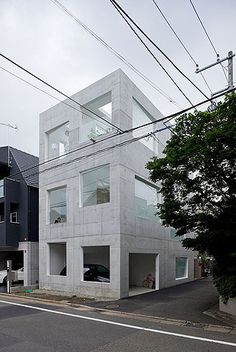Sanaa: A City of Resilience Amidst Challenges

Introduction
Sanaa, the capital of Yemen, is not only the largest city in the country but also a UNESCO World Heritage site known for its remarkable history and architecture. As one of the oldest continually inhabited cities in the world, Sanaa holds a unique position in the Middle East, rich in culture and tradition. However, the city has recently been in the global spotlight due to ongoing conflicts and humanitarian crises affecting the region. Understanding Sanaa’s historical significance and the current challenges it faces is essential for grasping the complexities of Yemen’s socio-political landscape.
Historical Significance
Founded over 2,500 years ago, Sanaa features an array of ancient structures, including its iconic mud-brick buildings that rise up to seven stories high, showcasing traditional Yemeni architecture. The Old City of Sanaa offers a glimpse into its Islamic heritage, with landmarks such as the Great Mosque of Sanaa, which dates back to the 7th century. This city’s long-standing traditions and ability to withstand the test of time make it vital for cultural historians and architects alike.
Current Conflicts
In recent years, Sanaa has been deeply affected by the Yemeni Civil War, which began in 2014 when Houthi insurgents took control of the city. This uprising has led to a devastating humanitarian crisis, with millions suffering from food shortages and poor living conditions. The United Nations reports that more than 24 million people in Yemen require humanitarian assistance, making it one of the most severe crises globally. In Sanaa, airstrikes and ground fighting have resulted in extensive damage to infrastructure and countless civilian casualties, further exacerbating the situation.
International Response and Future Outlook
The international community has attempted to address the situation through various peace talks and humanitarian assistance initiatives. However, the complexity of the conflict, along with differing interests among local factions and international stakeholders, continues to hinder effective resolutions. As conditions deteriorate, the future of Sanaa remains uncertain. Experts forecast that if the violence persists, the rich cultural heritage of the city could face irreversible damage.
Conclusion
Sanaa represents both the beauty of Yemen’s historical legacy and the tragic realities of ongoing conflict. Its resilience in the face of adversity is a testament to its rich history and the spirit of its inhabitants. For those interested in Middle Eastern history, cultural preservation, and humanitarian efforts, Sanaa serves as a critical point of learning and action. As the world watches, it is crucial to not only understand the importance of Sanaa but to advocate for peace and support the Yemeni people in their struggle for stability and recovery.








